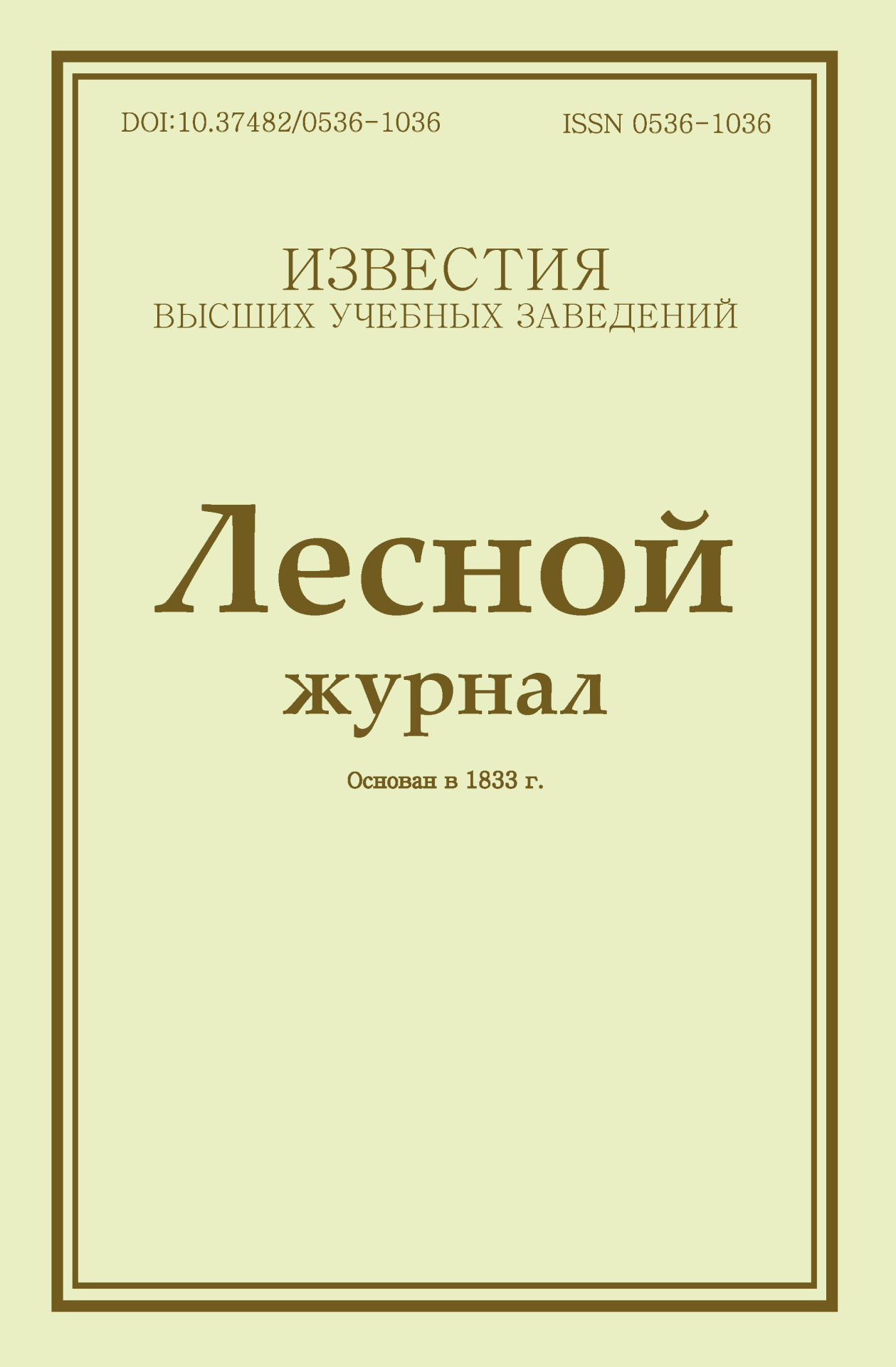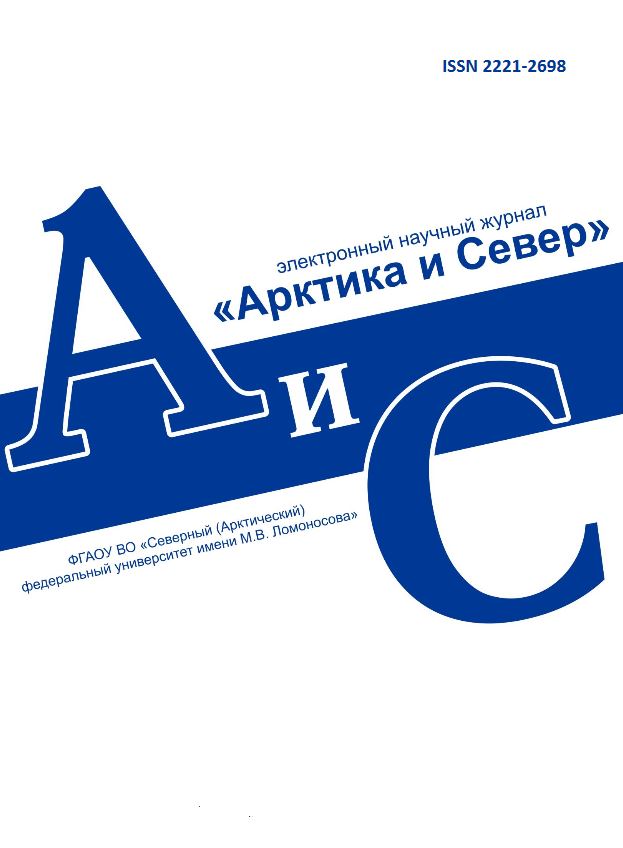Legal and postal addresses of the founder and publisher: Northern (Arctic) Federal University named after M.V. Lomonosov, Naberezhnaya Severnoy Dviny, 17, Arkhangelsk, 163002, Russian Federation Editorial office address: Journal of Medical and Biological Research, 56 ul. Uritskogo, Arkhangelsk Phone: (8182) 21-61-00, ext.18-20
E-mail: vestnik_med@narfu.ru ABOUT JOURNAL
|
Section: Biological sciences Download (pdf, 0.5MB )UDC[612.66+612.16+612.216.2]:796DOI10.37482/2687-1491-Z186AuthorsAl’bina Z. Dautova* ORCID: https://orcid.org/0000-0003-3069-2178Aleksey A. Zverev* ORCID: https://orcid.org/0000-0002-2555-1728 Gul’nara G. Yanysheva* ORCID: https://orcid.org/0000-0003-4704-4011 Andrey S. Nazarenko* ORCID: https://orcid.org/0000-0002-3067-8395 Valentina G. Shamratova** ORCID: https://orcid.org/0000-0002-7633-4264 *Volga Region State University of Physical Culture, Sport and Tourism (Kazan, Russia) **Bashkir State Medical University (Ufa, Russia) Corresponding author: Al’bina Dautova, address: Derevnya Universiady 35, Kazan, 450077, Russia; e-mail: dautova.az@mail.ru AbstractThe purpose of this study was to identify age-related features of aerobic capacity in athletes working on their endurance or speed-strength qualities. Materials and methods. The research involved 103 male athletes, who were divided into groups according to the type of physical activity (endurance (n = 58) and strength-speed (n = 45)) and age (12–15, 16–18 and 19–26 years). Their aerobic capacity was determined using cardiorespiratory exercise testing. Results. It was shown that the increase in relative peak oxygen consumption (VO2peak) was influenced not so much by age as by the type of physical activity (ANOVA: F = 18.1, p = 0.00004). At the same time, respiratory coefficient (F = 5.6, p = 0.007), heart rate at anaerobic threshold (F = 4.9, p = 0.009), tidal volume (F = 7.5, p = 0.01) and minute ventilation (F = 6.6, p = 0.002) were influenced mainly by age. In athletes aged 12–15 years, factor analysis established a negative correlation of type of physical activity with oxygen pulse, while physical working capacity was positively correlated with breathing parameters. Subjects aged 16–18 years showed no significant correlations between the variables and type of physical activity; at the same time, the number of correlations between ergometry parameters and physical working capacity factor increased with age. In athletes aged 19–26, the variables correlated strongly with the type of physical activity; the contribution of VO2peak to the physical working capacity factor is clearly demonstrated. The development of aerobic capacity is mainly influenced by the type of physical activity. However, in athletes aged 12–15 years, aerobic loads do not lead to a significant increase in VO2peak. The greatest increase in VO2peak is observed in 16–18-year-olds, while after 18 years of age, its growth halts.Keywordspeak oxygen consumption, ergometry, puberty, type of physical activity, speed-strength sports, endurance sportsReferences
|
Make a Submission
INDEXED IN:
|
Продолжая просмотр сайта, я соглашаюсь с использованием файлов cookie владельцем сайта в соответствии с Политикой в отношении файлов cookie, в том числе на передачу данных, указанных в Политике, третьим лицам (статистическим службам сети Интернет).




.jpg)

